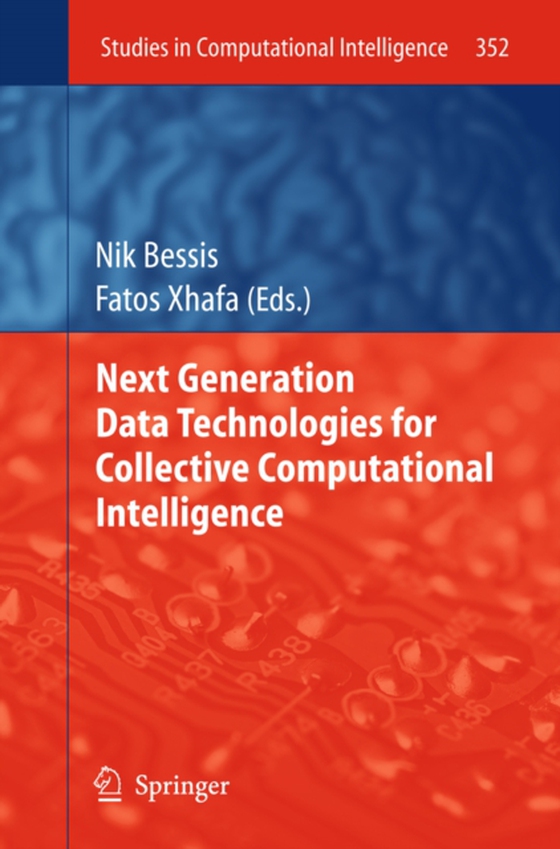
Next Generation Data Technologies for Collective Computational Intelligence e-bog
2738,46 DKK
(ekskl. moms 2190,77 DKK)
This book focuses on next generation data technologies in support of collective and computational intelligence. The book brings various next generation data technologies together to capture, integrate, analyze, mine, annotate and visualize distributed data - made available from various community users - in a meaningful and collaborative for the organization manner. A unique perspective on colle...
E-bog
2738,46 DKK
Forlag
Springer
Udgivet
29 juni 2011
Genrer
Applied computing
Sprog
English
Format
pdf
Beskyttelse
LCP
ISBN
9783642203442
This book focuses on next generation data technologies in support of collective and computational intelligence. The book brings various next generation data technologies together to capture, integrate, analyze, mine, annotate and visualize distributed data - made available from various community users - in a meaningful and collaborative for the organization manner. A unique perspective on collective computational intelligence is offered by embracing both theory and strategies fundamentals such as data clustering, graph partitioning, collaborative decision making, self-adaptive ant colony, swarm and evolutionary agents. It also covers emerging and next generation technologies in support of collective computational intelligence such as Web 2.0 social networks, semantic web for data annotation, knowledge representation and inference, data privacy and security, and enabling distributed and collaborative paradigms such as P2P, Grid and Cloud Computing due to the geographically dispersed and distributed nature of the data. The book aims to cover in a comprehensive manner the combinatorial effort of utilizing and integrating various next generations collaborative and distributed data technologies for computational intelligence in various scenarios. The book also distinguishes itself by assessing whether utilization and integration of next generation data technologies can assist in the identification of new opportunities, which may also be strategically fit for purpose.
 Dansk
Dansk

